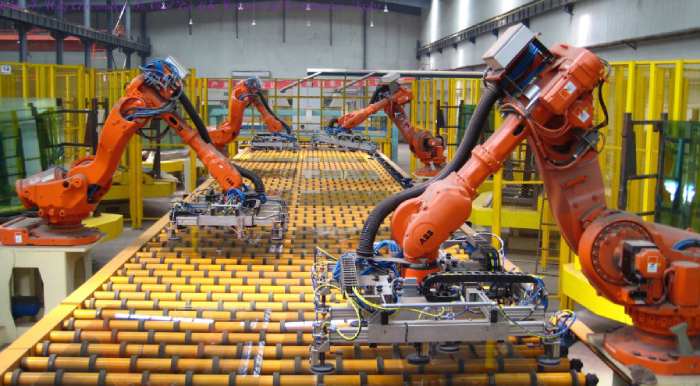In the construction sector, automation encompasses more than just utilising robots or drones to accelerate manual labour. Precise resource and labour estimation, team scheduling, and correspondence with suppliers, contractors, and other project stakeholders are the first steps towards automation. The good news is that you may simplify your activities, ensure smooth team communication, and preserve data connectivity and centralised storage with the help of construction management systems. The following are the main advantages of automation for the commercial building sector:
Table of Contents
Effective scheduling, estimating, and planning
Did you know that almost 75% of construction companies put off projects due to poorly managed supply chains? With the aid of construction management systems, invoices can be generated and processed, real-time changes can be added, and data can be safely saved in one place.
With the correct construction management software, you can collaborate with suppliers more rapidly. Your team will know how many things to order, how much they will cost, and when to expect them because of budgeting and estimate tools. In the case of a delay, let your coworkers know and reschedule everything in one place. View this glossary of terms related to commercial construction to learn about the many management technologies available.
Precise approximations
- Building information modelling, or BIM, technologies are:
- Essential tools for minimising design errors.
- Creating a digital duplicate of the building.
- Testing it in a virtual setting that replicates its real-world surroundings.
- Systems for analysing historical data for planning and estimating in the construction industry are capable of producing dashboards and visualisations that present the results.
Increased security and safety
Building security is a complicated field that uses both software and physical solutions. Incorporate GPS tracking into your task site management procedures to stop illegal usage and minimise downtime. Robotics and laser scanners will not be a concern for you.
Is cybersecurity relevant? Yes, that is also present. When entering data, construction management solutions—which often incorporate end-point protection, cloud protection, and data loss prevention—encrypt the data.
Improved monitoring of activities
The majority of construction project management solutions allow users to set deadlines for events and tasks and receive notifications when those deadlines are approaching. GPS tracking is compatible with other tools so that you can keep an eye on the asset’s position in addition to your team’s activities and time spent on site.
Lower expenses
Even with the increase in demand, especially in the commercial building sector, construction companies have suffered from rising material costs, a labour shortage, and supply chain interruptions. However, automation in commercial buildings lowers total costs. Automation reduces human error, increases productivity, shortens project timelines, and lessens the need for project restarts.
Highly repetitive tasks demand fewer employees, which reduces the cost of recruiting. Automation robots can operate through the night, which allows for the completion of more work without human supervision. Automation software can complete tasks that need a lot of oversight or review, after which a human worker can verify them.
In summary
The return on investment from automating commercial construction tasks is substantial as it enables the completion of several projects without interruption.
Also read:- A Few Important Advantages of Thermal Optics
- What are Sitewide Backlinks & Their Impact on Search Engine Ranking - May 22, 2024
- 10 Tips For How To Use Craigslist to Buy - May 5, 2024
- Best 5 ways to how to get play store back on my smartphone? - May 3, 2024



